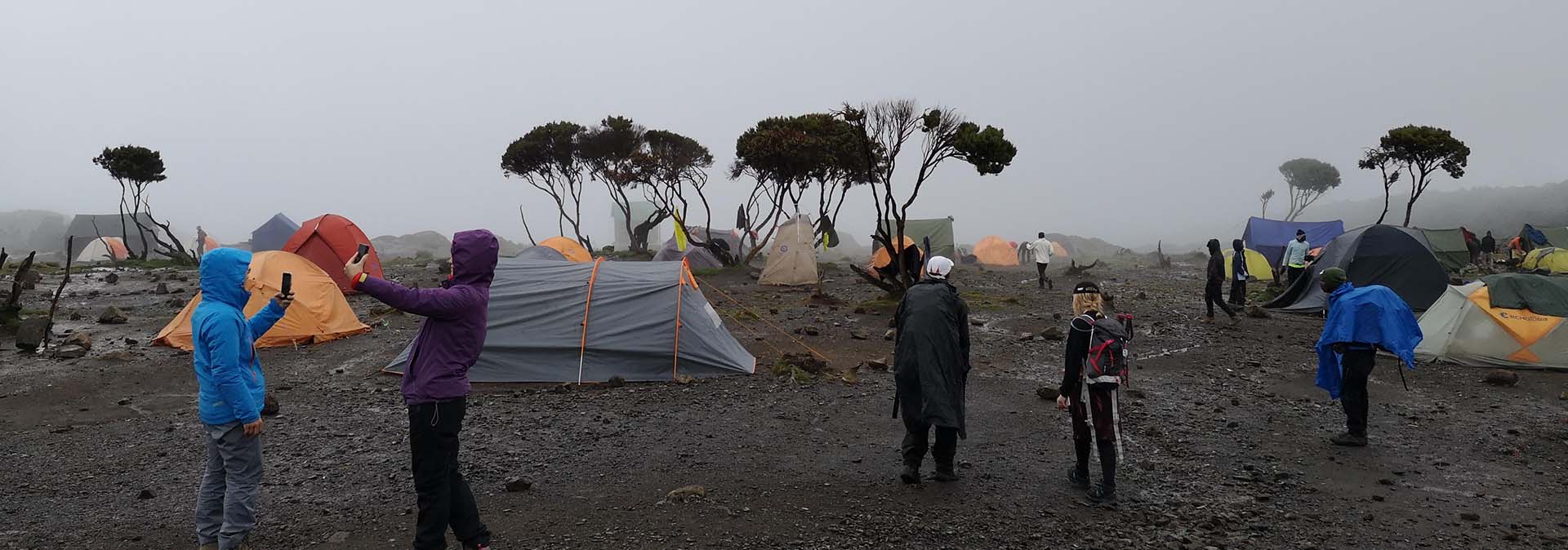Altitude Sickness during Mount Kilimanjaro Climbing: What You Need to Know
Mount Kilimanjaro, fondly dubbed the “Roof of Africa”, stands proudly at 19,341 feet (5,895 meters). Every year, thousands of adventurers and trekkers flock to Tanzania to conquer its summit. However, one of the most underestimated challenges of this feat isn’t necessarily the trek itself, but a medical condition known as altitude sickness. In this article, we dive into the essentials of altitude sickness during the Kilimanjaro climb and how to best prepare and respond.
Understanding Altitude Moumtaim Sickness
Altitude sickness, or Acute Mountain Sickness (AMS), occurs when an individual cannot get enough oxygen from the air at high altitudes. This can happen at elevations as low as 8,000 feet (2,400 meters), but the risk significantly increases as one ascends further. Symptoms of AMS can range from mild to severe and include:
– Headache
– Dizziness
– Fatigue
– Shortness of breath
– Loss of appetite
– Nausea or vomiting
– Difficulty sleeping
Why is Altitude Sickness a Concern on Kilimanjaro?
Mount Kilimanjaro’s peak is way above the altitude where AMS can start manifesting. The rapid ascent, especially if one opts for shorter routes, doesn’t provide enough time for the body to acclimatize to the decreasing oxygen levels. Moreover, the varied climate zones of Kilimanjaro can compound the stress on one’s body.
Preventing Altitude Sickness on Mount Kilimanjaro
- Climb Slowly: One of the primary mantras of high-altitude trekking is “pole pole” (pronounced ‘po-lay po-lay’), which means “slowly slowly” in Swahili. A slow ascent gives your body more time to adapt.
- Stay Hydrated: Drink plenty of water. Dehydration can mimic and exacerbate AMS symptoms.
- Eat Well: High-carbohydrate meals can help your body better adjust to the altitude.
- Avoid Alcohol and Tobacco: Both can impair your body’s ability to acclimatize.
- Sleep Lower: It’s a common practice to hike to a higher altitude during the day and sleep at a lower altitude at night.
- Medication: Some trekkers take Acetazolamide (commonly known as Diamox) to prevent AMS. Always consult with a doctor before taking any medications.
Recognizing and Responding to Altitude Sickness
Even with precautions, it’s possible to experience AMS. If you or someone in your group starts displaying symptoms:
- Don’t Ascend: If you feel unwell, do not climb higher. Rest at the same altitude until you feel better.
- Descend if Necessary: If symptoms persist or become severe, descend immediately. Going down even a few hundred meters can make a significant difference.
- Seek Medical Attention: Kilimanjaro’s trekking routes are dotted with ranger posts equipped with medical facilities. Don’t hesitate to ask for help.
- Listen to Your Guide: Experienced Kilimanjaro guides are trained to spot signs of AMS. If they suggest that you rest or descend, heed their advice.
Climbing Mount Kilimanjaro is undoubtedly a thrilling adventure. However, the beauty and majesty of the mountain also come with challenges, and altitude sickness is among the foremost. Being informed and prepared is the best way to ensure you enjoy your trek safely. Remember, the summit is an amazing goal, but the ultimate achievement is the journey itself and returning home with unforgettable memories and good health.

